Separation anxiety in dogs. The nightmare of every dog owner. But in some cases, owners are the ones to blame.
Let’s start with the basics. Just like humans, dogs can experience anxiety. It is an unpleasant yet normal emotion. There are breeds with canine separation anxiety, but the reality is that it can affect each breed. And each dog can get affected differently and individually.
If left unchecked, separation anxiety in dogs can develop into a separation anxiety disorder. And that will lead to behavioral issues.
Today, we will try to explain why your dog can get anxiety, what the symptoms are, and what is the one big mistake many owners make when they get their dog. Of course, we have to provide a solution for how to treat separation anxiety as well.
What is separation anxiety?
Let’s start at the beginning. How do you define dog separation anxiety? It is a situation in which “your dog exhibits extreme stress from the time you leave him alone until you return”. The symptoms can vary from one dog to another, but they will all act as they are terrified to be in the house on their own.
The Big Mistake that can cause separation anxiety
We said in the beginning that sometimes, owners unknowingly can cause separation anxiety in their dog. How and why? After all, we all want a well-behaved puppy that will not cry when left alone.
Well, let’s go over this scenario. The first day your dog comes home, you give him an unlimited amount of attention. And that continues when you are home with your dog. You praise him, pet him, play with him, and give him constant attention while your dog is home.
So naturally, your dog craves more and more attention. And when you leave, cold shower. Your dog gets ZERO attention.
Does that sound familiar? Well, think about it from a dog’s point of view. When he gets constant attention, he thinks “Oh this is great, I might miss my mother and siblings, but here I get lots of attention”. And your small puppy loves it.
This can happen with adult and shelter dogs as well. Getting a dog with separation anxiety, and then giving him LOADS of attention initially and cutting it off when you leave will make matters worse. And after a week, you will return the dog back to the shelter.
The mistake owners make is not letting their puppy stand on their own. You have to teach your dog to stand on its own. You can leave him at home when you are home as well. That will give him the freedom to find his own spot, find his own calm place, and inner peace.
If you give your dog constant attention while you are at home, he will naturally ask for attention even when you are not home.
Separation Anxiety Symptoms
We said in the beginning that symptoms can vary from one dog to another. There are some general symptoms of separation anxiety. And your dog might have one, two, three, or all separation related problems. Here are they:
- Aggression
- Defecating in the house
- Urinating in the house
- Panting
- Drooling
- Isolation distress
- Destructive behavior
- Excessive barking
- Restlessness
- Compulsive behavior
The most dangerous of them is aggression. Dogs can target this aggression directly or indirectly, depending on the situation. Urinating and defecating are common symptoms and ones that owners hate the most.
Destructive behavior requires no introduction and explanation. No owner wants to come back home and find his sofa chewed on.
What Can You Do?
As we said before, the main goal is to give your puppy the freedom to make his own choice. And to let him find his inner peace in your home. Your puppy should feel comfortable and calm when alone. Anxious behavior is among the first signals of canine separation anxiety.
As a pet parent, you should make your home comfortable alone even if you are in the house. There are two methods you can use to achieve that, crate training and desensitization.
Crate training
This is arguably the most important part of dog training in the first few weeks and months after you get your puppy. The crate is your dog’s friend and your ally. The problem with the crate is that some owners push their dogs to the crate from day one. And they fail to make the crate fun, entertaining, and attractive for their dog.
What happens is the dog hates the crate. The crate gives him a wrong association of a punishment. But if used properly, the crate is not cruel or unhealthy. It is one of the best things for your dog.
The trick here is to teach your dog to associate the crate with wonderful things. Think chew toys and puzzle toys. That will make your dog love spending time inside.
With crate training, you can predict problem behavior and prevent it. Crate training helps prevent destructive chewing, hyperactivity, excessive barking, separation distress, and much more.
So, how do you do it? Well, when you are at home, put a chew toy inside the crate. Give your puppy treats. Lure him with treats to go inside the crate. Throw treats inside the crate. Every hour or so, let your dog out of the leash, play a bit with him, or take him to pee, and then give him treats for getting inside the crate.
Desensitization
This is another method you can use to raise a mentally and physically healthy puppy that will have no separation anxiety. It is a way to teach him to be comfortable in the world and form positive associations with different experiences.
How does desensitization work? Well, you start by leaving your dog for very short periods of time. Then, gradually lengthen the amount of time you are gone.
But the most important part here is to give your dog something before you go away. That is the essence of desensitization. You turn a negative association into something positive. So, what does that mean in the real world? Well, if your puppy knows you are leaving him, counter his sad reaction by using a high-value treat he loves. Bring it out and give your puppy the special treat right before you leave.
This will make the association “I get special treats when mommy/daddy leaves the house”. The goal is to make the departure routine less distressing for your puppy. Your dog knows and recognizes the signs you are about to leave. For example, if you pick up the keys or put on your coat, he knows you are going out. But give him a treat before picking up the keys or coat.
With enough repetitions and combined with crate training, you can make your puppy feel comfortable alone.

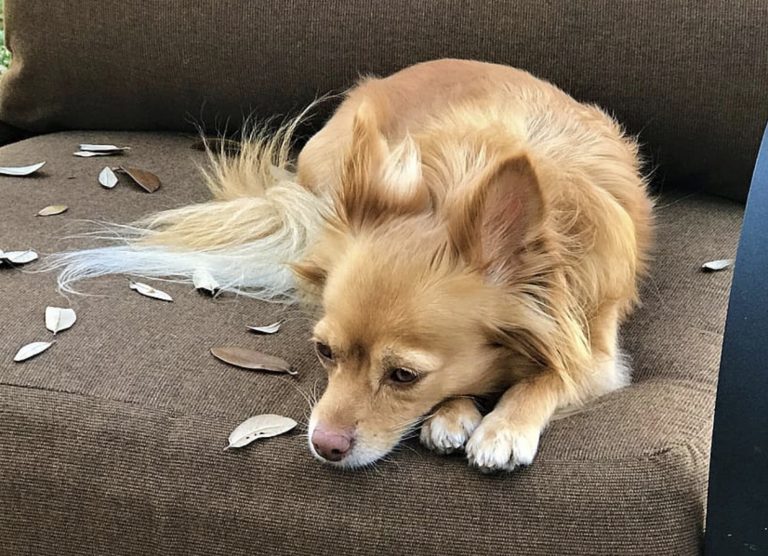
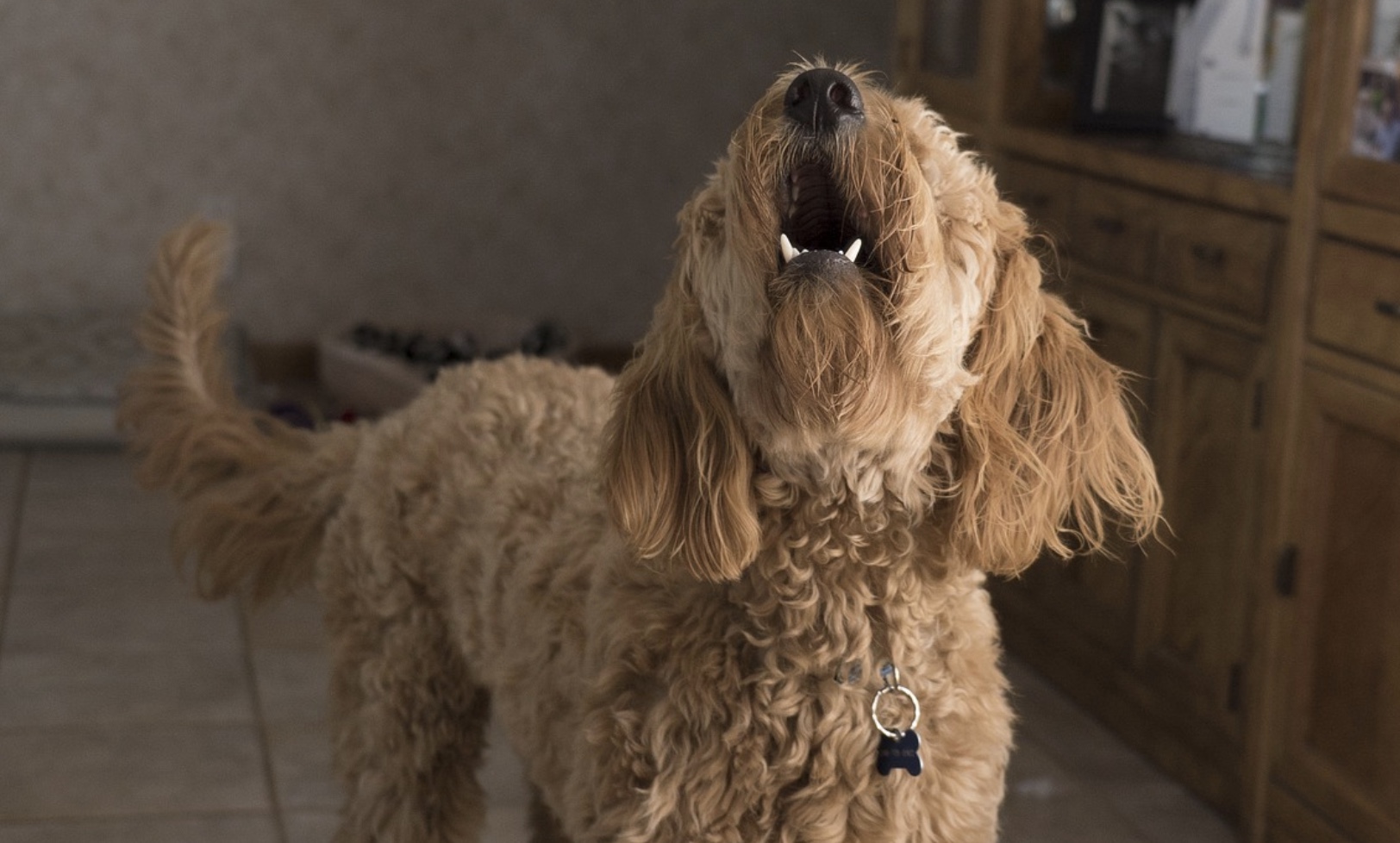
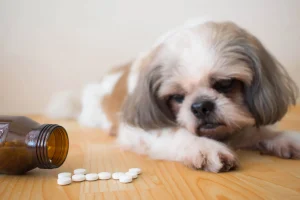
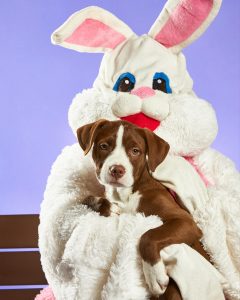
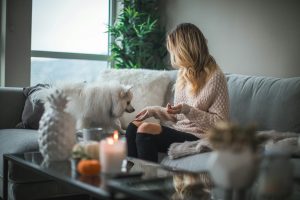



2 Responses
I’ve read a lot of your articles and make so much sense to me. I have learned so much and ready to start training my pup. Loli is a 3 yr old Lab mix. She is very smart and has picked up on things that amazes me. For instance, after I shower in the morning, she can tell by the clothes I pick out if I’m staying home today or going to work. She loves my mom, who I’m caring for due to dementia, dearly. She’s very gentle with mom and she can tell when mom needs her attention. She the best dog in this point of my life. She’s a little rough around the edges and I’ve learned what will help me correct her behaviour. I just want to thank you so much for your easy to understand behavioural articles with examples and great solutions. Keep them coming!
I am so glad that you like our articles. There will be more, do not worry. Spread the word 🙂